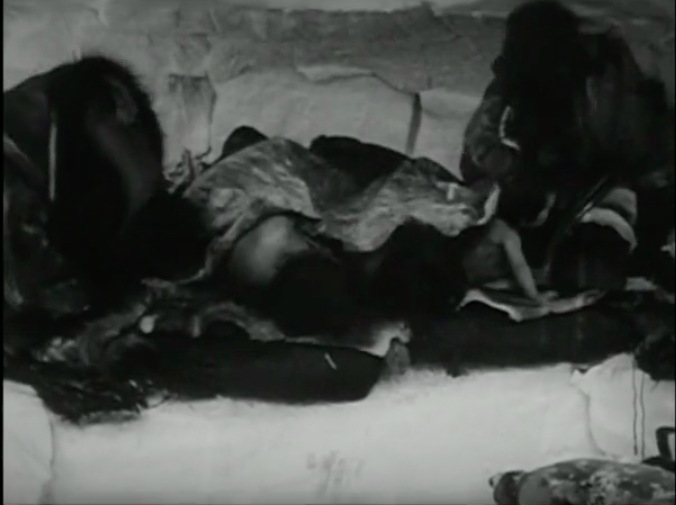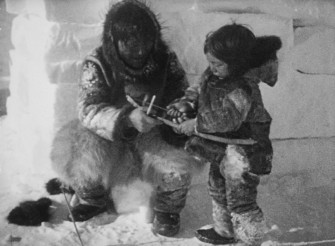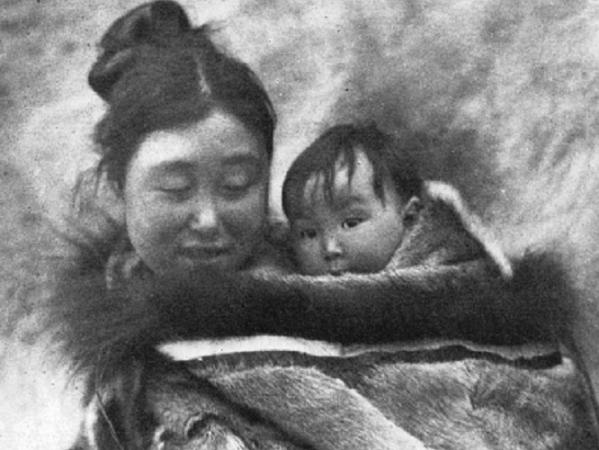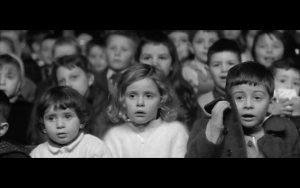When filmmaking first emerged with short footages of everyday life, the directors behind the cameras had no concern of trying to define what they were creating. This was the same case with what we now call the first documentary, Nanook of the North by Robert Flaherty. To what extent the work is an authentic documentary is still debatable. This is mainly due to a discrepancy between the presented acts and the narration, which leads the viewer to thinking that the events occurred naturally. Although, the debate still stands, let us explore the four key elements[1] that constitute this film as the world’s first documentary.
Firstly, indexical documentation is the key element in creating a documentary. This can be thought as the document and footage that the director is working with. The material that we see on screen has a correspondence to what it refers to. The vast landscape, the close ups of the amiable characters who are the subjects of the documentary and everything we see on screen make up the indexical documentation. This also includes their clothing, footwear, igloo and the animals. The use of indexical quality in documentary footage assures the audience of a reality, which separates documentary from fiction. So Nanook of the North inhabits this quality by telling the story of “actual” Inuits living in the Arctic Circle. We are informed that they are real habitants, so this leads to an eventual belief in the indexical quality of what we will see on screen. The opening preface of the film establishes this as a fact.

The second element is poetic experimentation. This element gives the director a voice and power of interference with his work. Although, we never see Flaherty on screen the inter texts stand as his voice. The information is not wholly objective and Flaherty’s deep regard for the Eskimos is reflected on this work. The Inuits aren’t just displayed as “cinema of attractions” but they are shown as a whole family and the director’s descriptions shape our view on the Inuits. So this quality highlights the voice behind the camera and distinguishes this work from being merely a display of attractions.
The third key element is the narrative story telling. There is a beginning and an end to this film, which is linked by a flowing narrative of the director. Flaherty accomplishes the emotional attraction of the viewer by humanizing the story. Nanook is a well-constructed character of the documentary that keeps the narrative alive. He creates the suspense and curiosity that a documentary should arouse. Along with him, the other characters and even animals have a voice. For instance the walrus cries uk uk. The children play with one another and the dogs fight. These elements contribute to the emotional state of the viewer strengthening the narrative of the film.
Lastly, rhetorical oratory stands as the fourth element in a documentary. This is the narrative voice of the director. Flaherty experiments with the document he has and turns it into a documentary by offering his own perspective on the life of the Inuit. Another voice could have showed them as savages while killing the walrus but Flaherty represents this act as a natural way that Inuit normally obtain food.

Although, this event is also staged and reenacted, the debate of staging in documentary is another topic. It does not wholly strip the film of its documentary qualities. So, Nanook of the North contains all four elements making it the world’s first documentary.
[1] Nichols, (2001). 2nd ed. Indiana: Indiana University Press, p.128.
















Leave a Reply